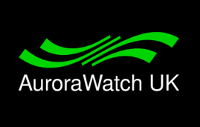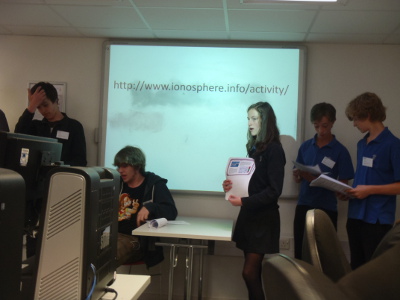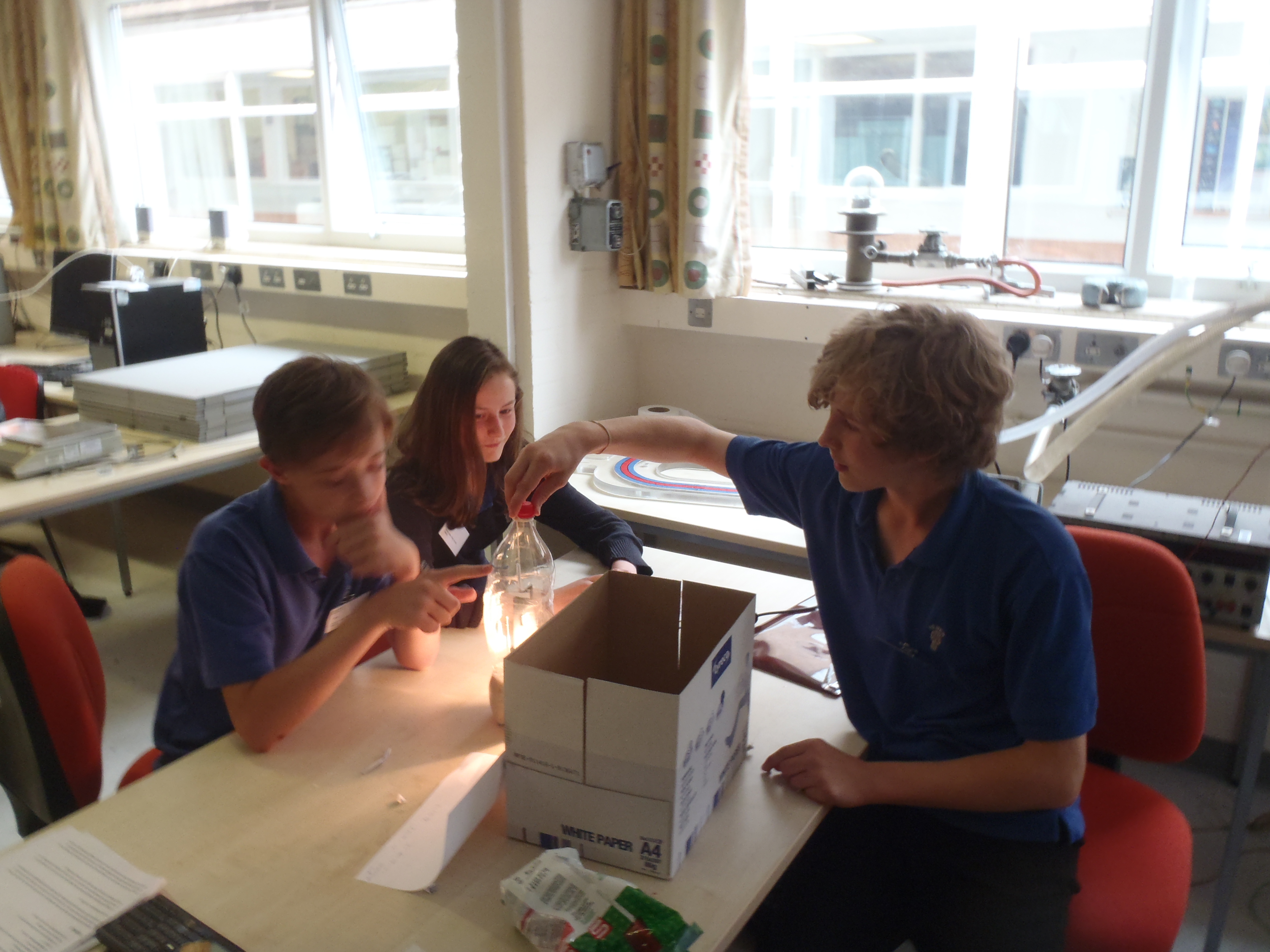AuroraWatch Schools' Conference
On the Wednesday of activity week, ten keen scientists from years 9 and 10—mostly Heber leaders and others who have been actively involved in science outside of lessons this year—met at school at 6.30 in the morning to travel to Lancaster University to attend the AuroraWatch Schools' Conference. Bishop Heber was one of 6 schools who attended the event, which all won a competition last year to host an AuroraWatch research magnetometer.
Science: Heber students at @aurorawatchuk schools' conference @LancUniPhysics today @LancasterUni pic.twitter.com/JdqggLnbze
— David Curry (@Heber_Head) July 2, 2014
After a welcome by Professor Farideh Honary (head of the space plasma environment and radio science research group within the physics department at Lancaster) the students had two talks on the Aurora from distinguished physicists. Professor Jim Wild spoke about simulating the aurora and its colours in the laboratory, and Professor David Southwood (President of the Royal Astronomical Society) spoke about aurorae on other planets.
Dr Steve Marple, who organized the conference and also designed the magnetometer which is being deployed at Bishop Heber, gave a shorter presentation on how to set up the magnetometer correctly and answered questions from the schools who were there. There was then an interesting presentation by Keith Mahood of the Met Office about the brand new space weather centre which is just being set up there.

Each school gave a short presentation about the progress which has been made so far, and future plans. Since receiving our magnetometer in November we have not yet got it set up and working (this is partly due to the building plans at school) but we were able to talk about other projects in science and how we will use the magnetometer in teaching and science club via our Heber leaders. After the presentations we had lunch in Lancaster's campus cafe which quite literally gave students a taste of university life!

In the afternoon, there were activity sessions. In the first, our students had to work in a team together with students from other schools to analyse data from scientific research instruments across the world which observe the Sun in order to predict what "space weather" the Earth will experience over the next 24 hours. They then had to present this information as a space weather forecast.

In the second session students were able to make their own magnetometer, albeit a much more basic version of the one we are installing at school, made from a fizzy drinks bottle, rice, a mirror, string and a magnet. Our Heber leaders immediately saw an opportunity for this activity to be used in science club with years 7 and 8 next year.
Meanwhile, a couple of our students went to have a raspberry pi masterclass with Dr Steve Marple, so they will be able to log into and use it to send out data to Lancater University to be to help alert people when the aurora might be visible in the UK. We returned to school very tired at 7 in the evening after a really packed day during which we all learnt a lot.

